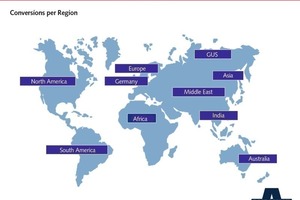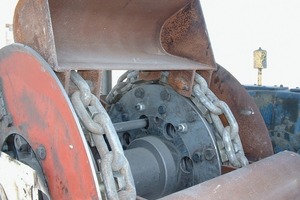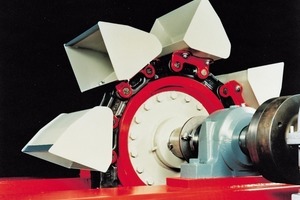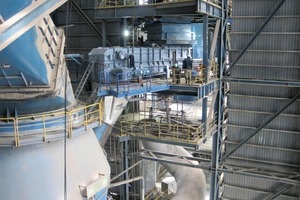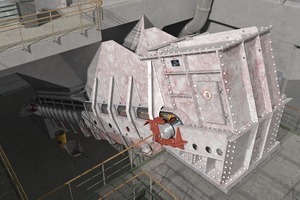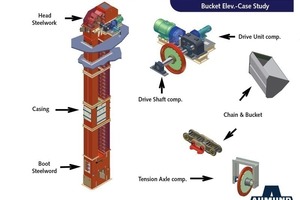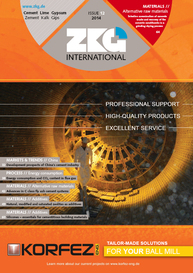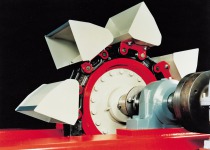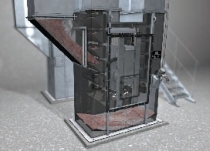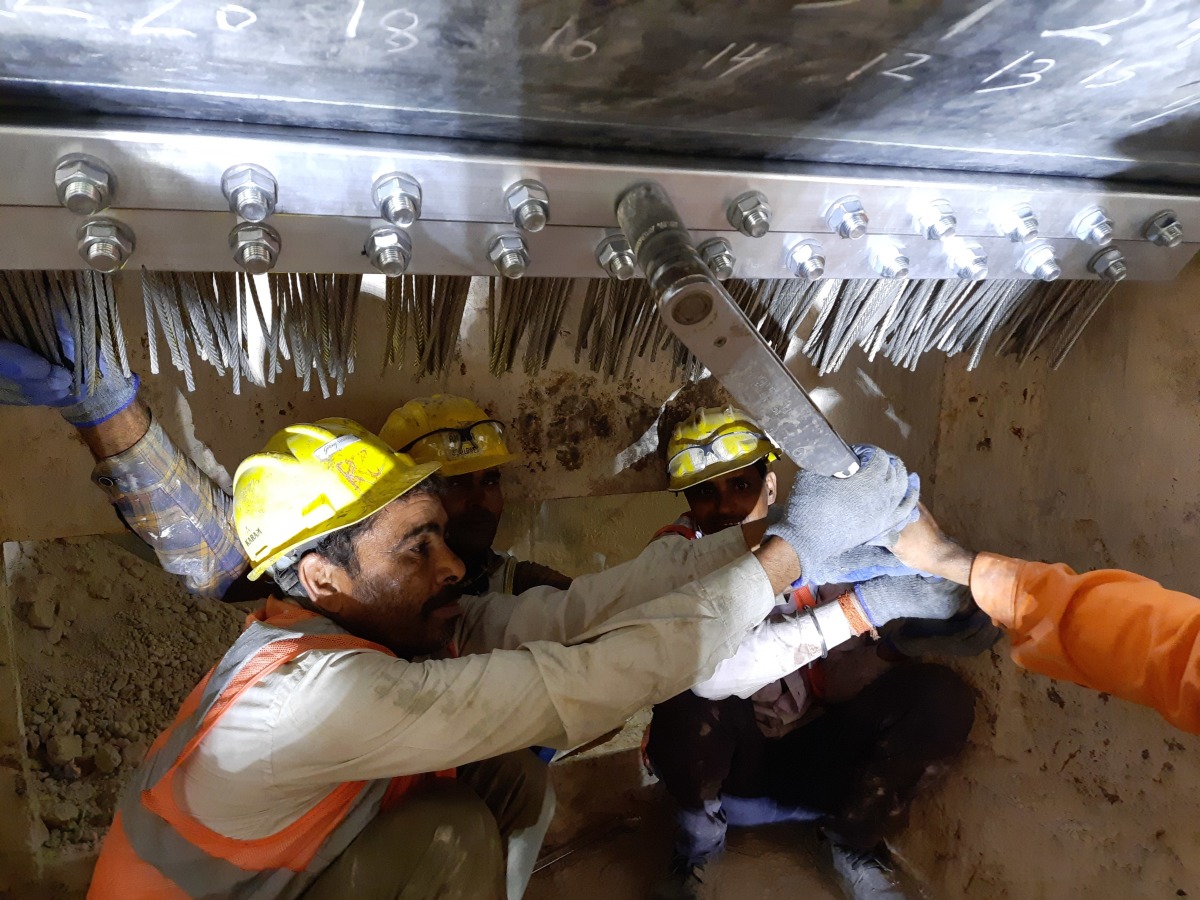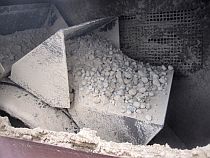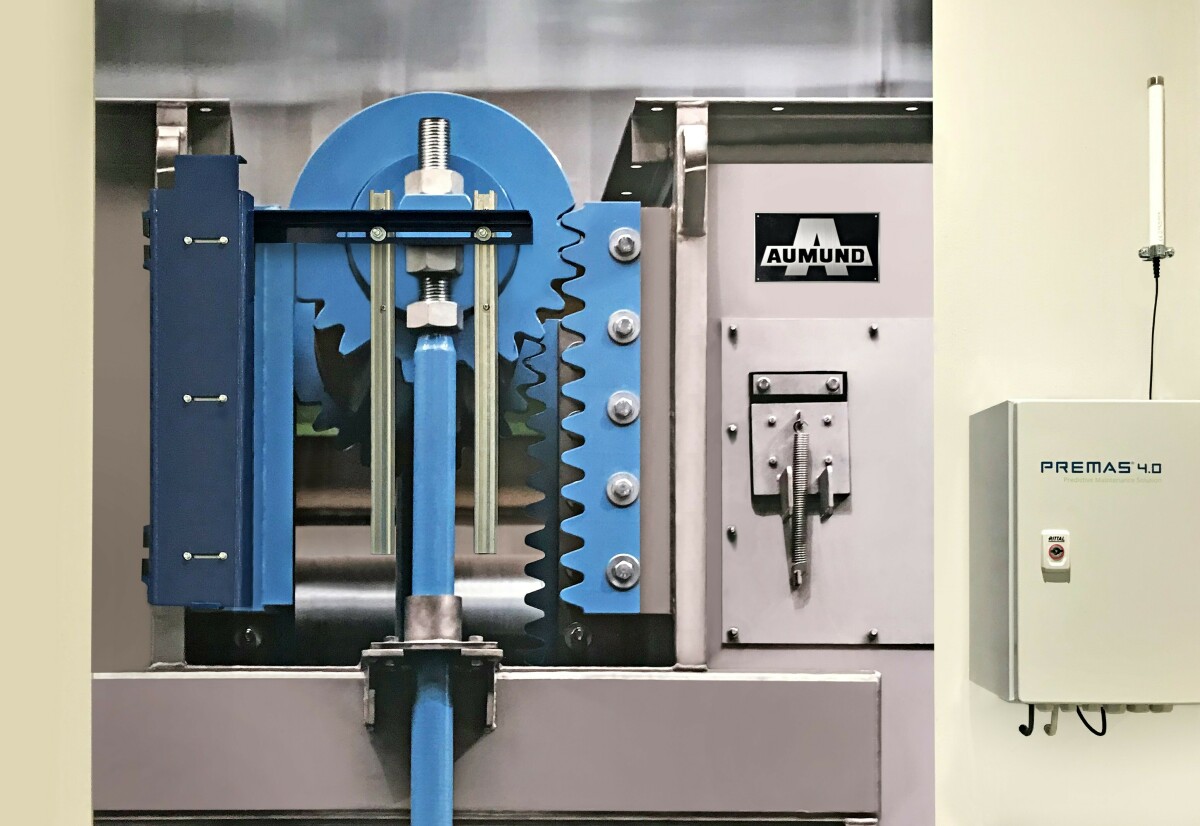Conversion: the cost-effective alternative to a new system
High availability and absolute reliability top the list of demands placed by plant owners on their machines. Tough requirements are thereby placed on the materials, the service life, the conveying capacity, the energy consumption and on the minimisation of downtimes and maintenance work. For more than 90 years now, engineers at the Rheinberg/Germany based company have ensured that their machines operate efficiently and comply with all these demands. Particular importance is placed on close teamwork between our junior employees and our experienced engineers, as well as on excellent coordination with customers, in order to work out product refinements and innovative solutions for materials handling, including the conveyance of special or difficult bulk materials.
It is not always necessary to install a new machine in order to assure trouble-free functioning of the production plant. Often it makes better economic sense to convert an existing system, and retain the known and trusted quality and reliability. When converting a bucket elevator (Fig. 1) for example, it is possible to reuse the existing steelwork, such as bucket elevator head, bucket elevator boot, discharge chute, feed chute and casings, in practically every case. Compared to the installation of new steelwork, the cost outlay is reduced by more than 30 %. If other bucket elevator components, such as motor, gearbox or drive shaft can also be reused, the financial saving will be even greater.
In addition to the cost savings, another advantage of converting the existing system is the short installation time, as no additional time has to be expended for disassembly and removal. The plant owner thus benefits from shorter downtimes and minimised loss of production.
Most usually, the customer wants a higher conveying capacity, changes in the spatial layout at the place of installation, a technical update or for Aumund to take over the servicing of the system if the original supplier is no longer present on the market or if spare parts are no longer obtainable.
It is necessary to individually determine whether and to what extent the conveying capacity of a machine can be increased. In our experience, it is pos-sible to double the capacity, for instance by converting a round link chain bucket elevator (Fig. 2) to an Aumund central chain bucket elevator (Fig. 3). In all cases, the existing steelwork is first inspected by the planning team in order to ascertain whether a conversion is feasible. This particularly includes checking of the material feeding and the material discharge. Design programs that calculate the material conveyance and discharge characteristics are used, for instance, to simulate the manner in which the material is discharged from the buckets. The results of these analyses form the basis for the designing of the required components.
After the binding project drawing has been released by the customer, the actual conversion begins. Precision working is required. The clearances between rotating parts and the casing have to be precisely observed. Centre distances and geometrical changes in the machine also have to be taken into consideration in the structural analysis.
Moreover, the Aumund team also analyses and calculates further possibilities for increasing the conveying capacity: “Is a new drive system necessary?” or: “Would the customer like the machine to be equipped with a sensor system for measuring the filling levels or for speed monitoring?” These and other technical questions are taken into consideration in the planning and designing, and reliable data and facts are compiled.
Particularly in the cement industry (Fig. 4), many machines have a long lifetime. This has significant consequences for service requirements and for the supply of spare parts. If the original equipment supplier is no longer present on the market, it is normally impossible to obtain the required spare parts (Fig. 5). Conversion by Aumund then makes it possible to give the system a “second life”, resulting in many years of continued cost-effective operation.
Machine drawings prepared by project engineers, as well as the exact measurements taken on site, provide the basis for every system conversion. These documents and information also form the basis for the commercial quotation and the actual planning of the conversion.
The parts required for the conversion are taken from the Aumund original part delivery programme. In this way, the company guarantees customers a long-term spare parts supply service. All around the globe, the conversion work is supervised on site by experienced assembly supervisors (Fig. 6).
//www.aumund.com" target="_blank" >www.aumund.com:www.aumund.com

